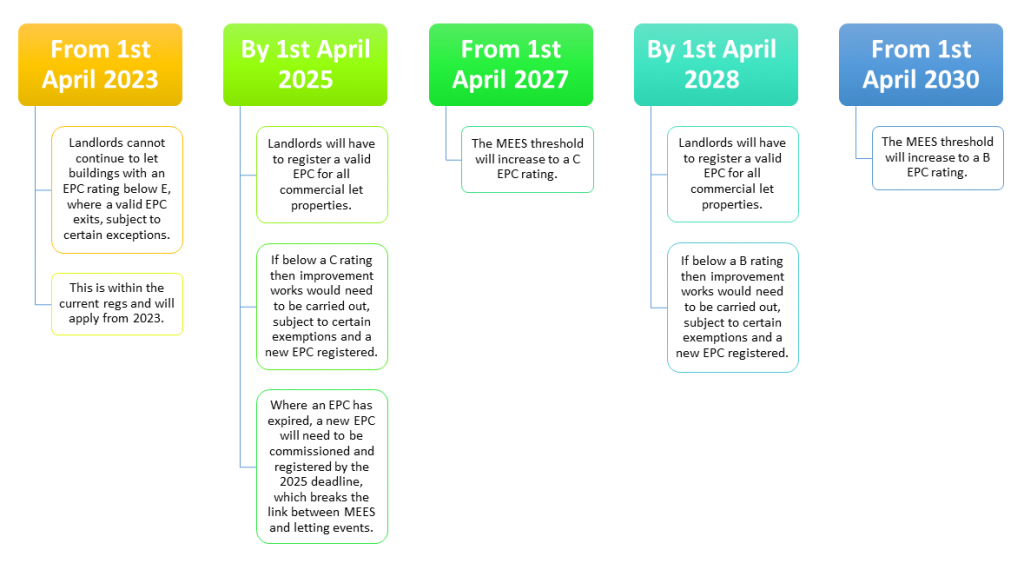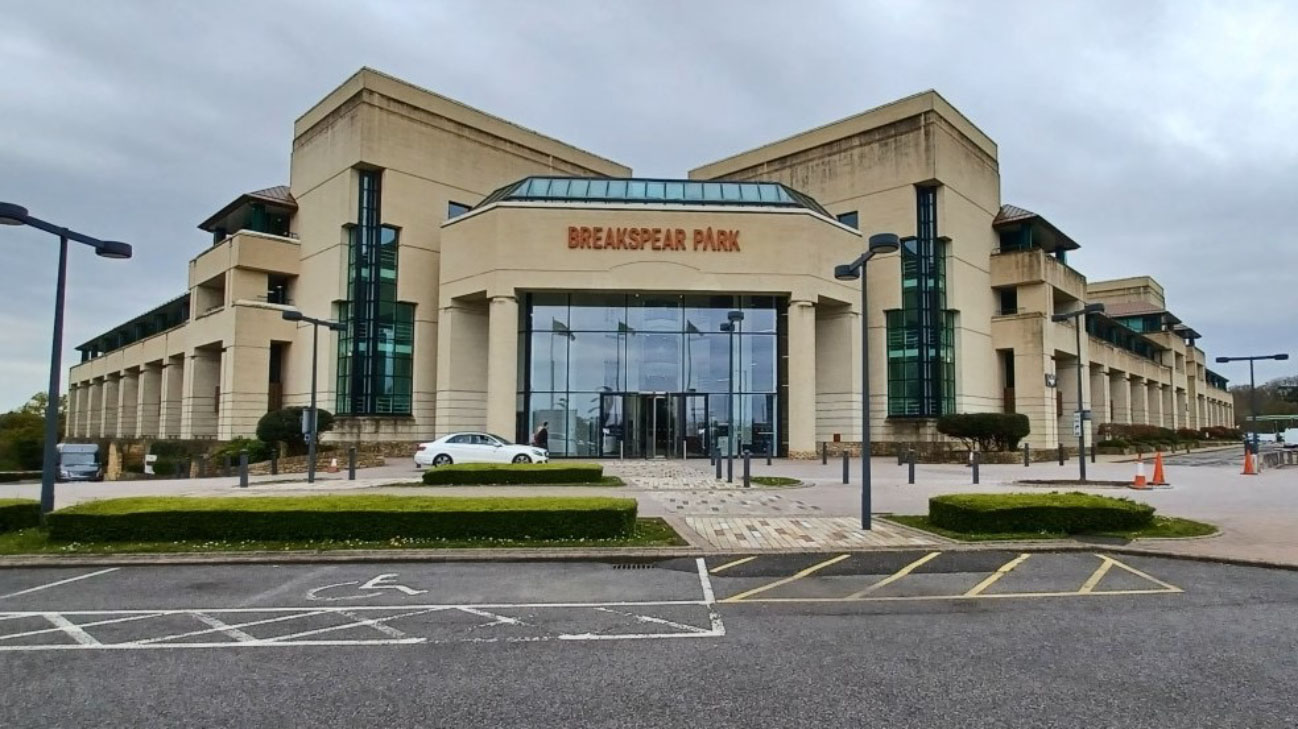Viewpoint: EPC & MEES compliance is more than changing light bulbs
Martin Hunt | 17 June 2021The 9th June 2021 marked the closure of the government consultation for the implementation of proposed changes to the Minimum Energy Efficiency Standards (MEES) regulations for commercial let properties.
Background
Consultation in 2019 set a trajectory for MEES to move from the current EPC E rating threshold to a B rating by 2030, with the current consultation dealing with the implementation of the changes, and filling procedural gaps in the current system.
The clear indication from government is that improving the energy efficiency of existing non-domestic private rented building stock in England and Wales is key to their commitment to reach net zero greenhouse emissions by 2050, and aligns with its commitment of at least a 20% reduction in business energy use by 2030.
Implementation of the EPC B future target
If the consultation recommendations are carried through into regulatory changes, this will mean the MEES timeline for non-domestic rented buildings would be:

The government has made it clear that landlords are not required to follow a two-stage process to a C EPC rating and then a B EPC rating if it is more cost-effective, and minimises disruption to do one round of improvements, then that is what landlords should do.
Shell and core
The move away from compliance at the point of a letting is proposed to overcome a problem in the current system with “shell and core” lettings.
Whilst the minimum EPC rating would still need to be achieved, proposals are such that enforcement would be delayed for 6 months to allow a tenant to fit out shell and core premises, with a new temporary exemption created.
It will be interesting to see how this proposed change is dealt with in future leases, as the MEES regulatory requirement to achieve the required minimum EPC rating within 6 months will rest with the landlord, but the fit out will sit with the tenant!
The consultation has recognised the importance of tenant fit out and may place some MEES obligations on tenants, which would be a regulatory shift.
Further clarity
The consultation also:
- includes proposals for a shift from EPC ratings to performance based annual ratings for commercial let buildings over 1,000m2
- looks at tightening the regulations around marketing properties to prevent promotion without a valid and compliant EPC
- clarifies the position regarding Listed Buildings, enhances enforcement and simplifies the seven-year payback test
The government is due to respond to the consultation later this year, before laying amendment regulations to come into effect from 1 April 2025.
What you need to do now
Whilst it is possible to achieve compliance with the current MEES threshold in most buildings by installing LED lighting, it is clear that enhanced energy efficiency works will be required for much of the existing commercial stock to bring it up to the required B rating by 2030.
Key to this is early planning to ensure obsolescence of existing buildings is avoided and transactional liquidity maintained.
How we can help
Our detailed knowledge of the regulations and the wider commercial property landscape allows us to provide clear, concise advice on this now critical issue.
Whilst, we do not carry out EPC assessments, we have close relationships with skilled EPC assessors within M&E consultancies who can provide robust EPC assessments and EPC+ reports and we can work with you through your property life cycle to build in MEES resilience.
For impartial advice contact Martin Hunt.










